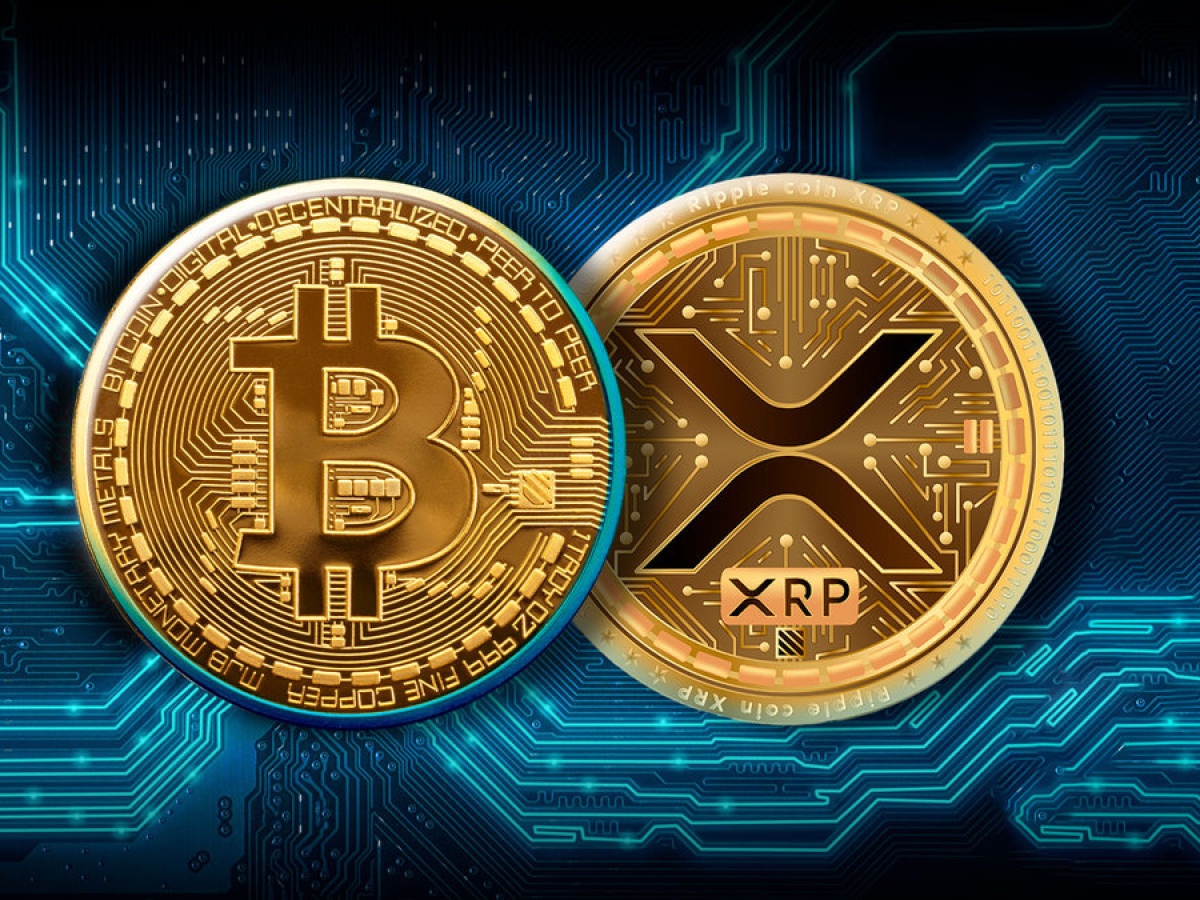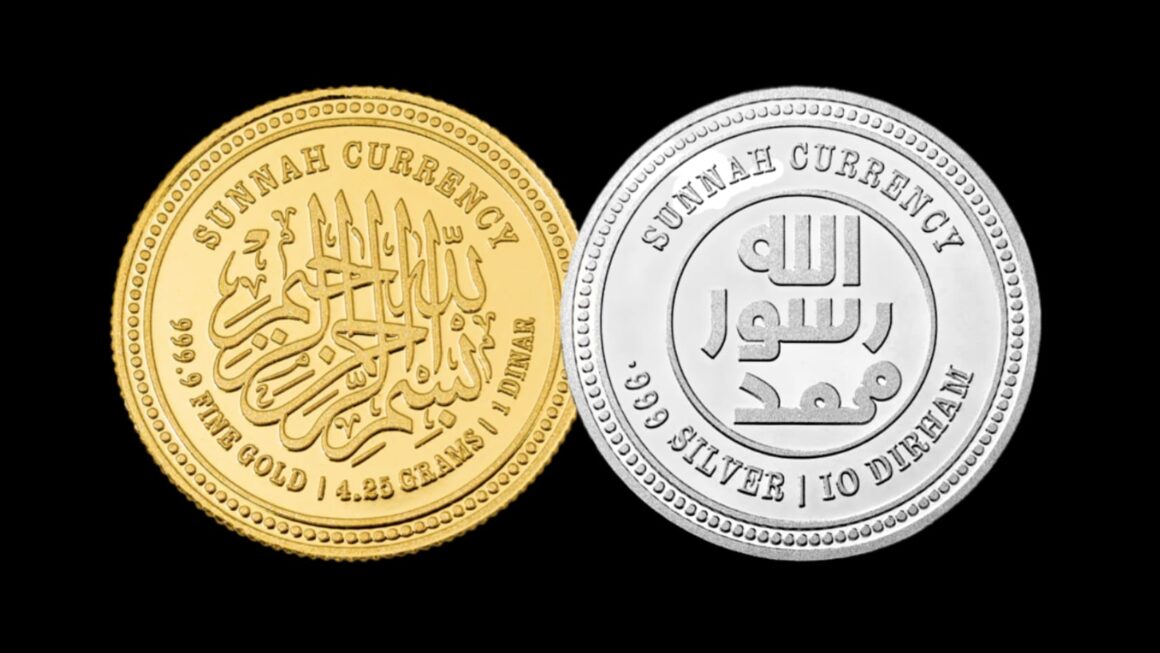Bitcoin and Ripple (XRP) are two of the most well-known cryptocurrencies, but they serve different purposes and operate on distinct technologies. While both are digital assets, their roles in the financial ecosystem are significantly different. This article explores the key contrasts between Bitcoin and Ripple, highlighting their unique characteristics and use cases.
_____
1. Purpose and Use Cases
– **Bitcoin (BTC)**: Bitcoin was created as a decentralized digital currency, designed to act as a store of value and a medium of exchange without the need for intermediaries like banks. Its primary goal is to function as a peer-to-peer alternative to traditional currencies.
– **Ripple (XRP)**: Ripple is primarily a payment settlement and remittance system that aims to provide fast, low-cost international money transfers. XRP, the cryptocurrency used on the Ripple network, serves as a bridge currency to facilitate cross-border transactions between different fiat currencies. Ripple’s main objective is to improve the efficiency of the traditional banking system.
______
2. Technology and Structure
– **Bitcoin**: Utilizes a **proof-of-work (PoW)** consensus mechanism, where miners compete to solve cryptographic puzzles to validate transactions and secure the network. This process is slower and energy-intensive.
– **Ripple**: Operates on a **consensus ledger**, which is faster and more energy-efficient. Unlike Bitcoin, Ripple does not rely on mining. Instead, a network of trusted validators confirms transactions in just a few seconds.
_____
3. Transaction Speed
– **Bitcoin**: Transactions typically take around 10 minutes or more to confirm due to the mining process and block validation.
– **Ripple**: Transactions are settled in **3-5 seconds**, making Ripple a far superior option for fast international payments.
_____
4. Supply and Distribution
– **Bitcoin**: Bitcoin has a capped supply of **21 million BTC**, and new coins are created through mining. This process will continue until all Bitcoin is mined, estimated to happen around the year 2140.
– **Ripple**: XRP was pre-mined with a total supply of **100 billion tokens**. Ripple Labs, the company behind Ripple, controls the distribution and release of XRP into the market.
_____
5. Decentralization
– **Bitcoin**: Bitcoin is fully decentralized, with no central authority controlling it. It operates through a global network of miners and nodes, and its value comes from its community and market demand.
– **Ripple**: While Ripple’s transaction validation process is decentralized, **Ripple Labs** retains significant control over the release of XRP and plays a central role in its ecosystem. This makes Ripple more centralized compared to Bitcoin.
_____
6. Target Users
– **Bitcoin**: Bitcoin is primarily targeted at individuals looking for a decentralized, secure way to store and transfer value outside of government control.
– **Ripple**: Ripple is focused on **financial institutions** and banks, aiming to improve the efficiency of cross-border payments and settlements.
_____
7. Adoption and Use
– **Bitcoin**: Bitcoin has widespread adoption as a digital currency and store of value. It is accepted by a growing number of merchants and is often referred to as “digital gold.”
– **Ripple**: Ripple is predominantly used by banks and financial institutions for cross-border payment settlements. It is not commonly used by individual consumers for everyday transactions.
_____
8. Energy Usage
– **Bitcoin**: Due to the energy-intensive mining process, Bitcoin consumes a significant amount of energy, which has raised environmental concerns.
– **Ripple**: Ripple consumes much less energy as it does not rely on mining, making it a more sustainable solution for financial transactions.
_______
9. Price Volatility
– **Bitcoin**: As a speculative asset, Bitcoin is known for its high levels of price volatility, influenced by market demand and investor sentiment.
– **Ripple**: XRP tends to be less volatile than Bitcoin, as it is focused on being a stable asset for use in financial transactions and partnerships with large institutions.
________
Conclusion
**Bitcoin** is a decentralized cryptocurrency primarily designed as a store of value and a medium of exchange. It aims to disrupt the traditional financial system by offering an alternative to fiat currencies.
**Ripple (XRP)**, on the other hand, is a centralized solution for improving cross-border payment systems, aiming to work with the financial industry rather than disrupt it. Ripple’s primary focus is on fast, cost-effective international transfers.
While both Bitcoin and Ripple are leading names in the cryptocurrency space, they cater to different audiences and serve distinct purposes. Bitcoin seeks to revolutionize personal finance by providing individuals with a decentralized alternative, whereas Ripple aims to enhance and modernize the global banking system.
__________
This detailed comparison highlights how Bitcoin and Ripple occupy different spaces in the evolving world of digital currencies, each with its unique strengths and focus areas.














